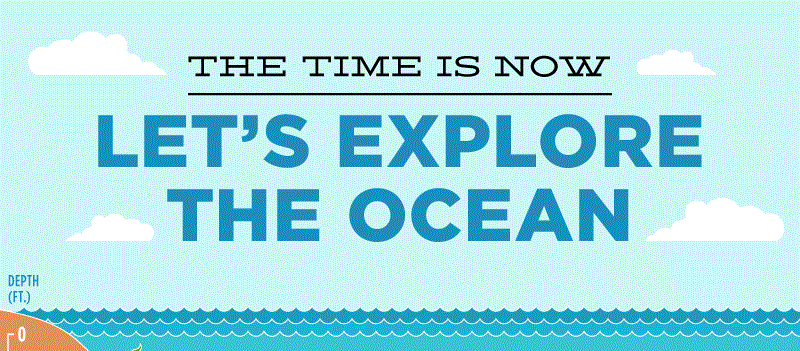If you’re pursuing a Masters degree in a science-related field, chances are you’ve become aware of how much our world needs its oceans.
The Earth is literally covered in water: It makes up over 70% of our surface, and without it our planet would be inhospitable. When it comes to our Earth’s oceans, the vast majority of their expanse remains unchartered and unexplored. When it comes to our Earth’s oceans, the vast majority of their expanse remains unchartered and unexplored. Scuba divers get to see a little part of the underwater world, but even though becoming a certified scuba diver will give you lots of great adventures, it won’t give you the full picture of our oceans.
In fact, we have more comprehensive maps of the moon’s surface than of the bottom of our ocean floors. While the ocean floor seems distant and irrelevant at times, the fact of the matter is that our ocean floors are home to a whole host of mysteries. not to mention thousands of volcanoes and shifting tectonic plates. By learning about the bottom of the ocean, scientists may one day be able to understand and adequately prepare for earthquakes and tsunamis that are caused by movement along the oceanic floor. Though we do possess the technology to dive into our world’s greatest depths, no one has done so for over 50 years—until recently.
James Cameron, notorious director of “Titanic” and general underwater aficionado, recently traveled to the deepest spot in the world: The Mariana Trench, deep at the bottom of the Pacific Ocean. James Cameron’s innovation is being applauded widely, but more importantly, it’s opened up more doors for the ocean to be explored in the years to come. If you’re preparing to enter into a scientific field, your Masters degree might one day be used to understand and interpret what is being discovered in the depths of our waters. Or, who knows? You could be the next great innovator to make a James Cameron-esque dive.


